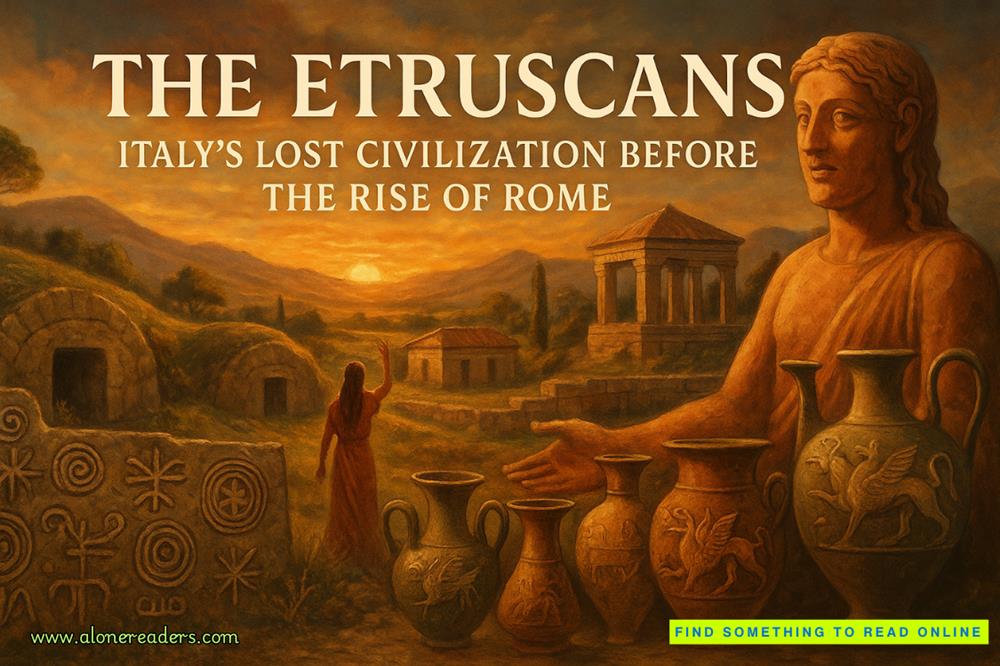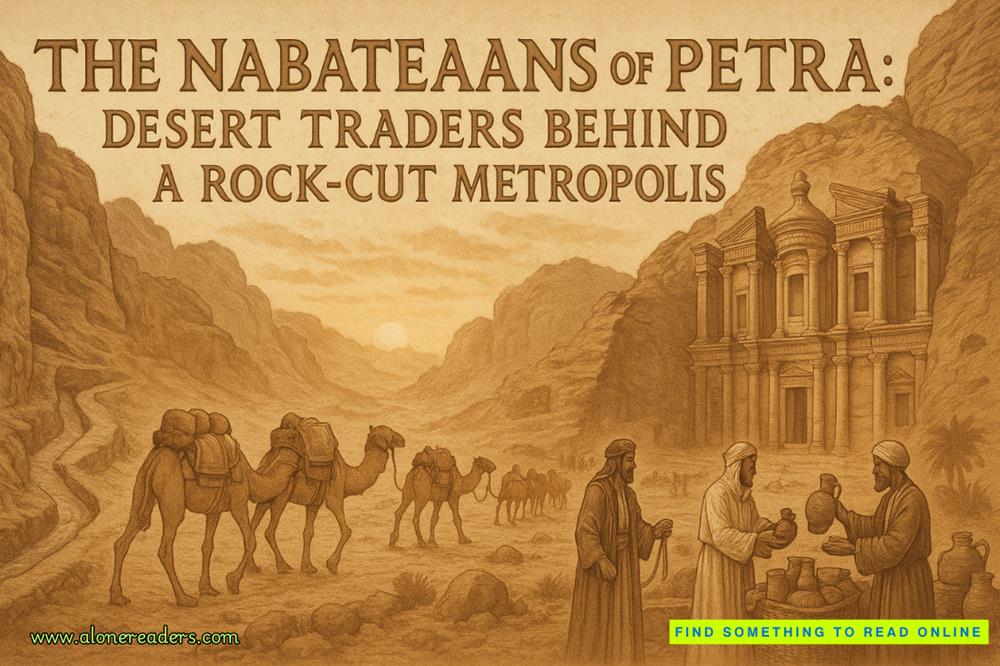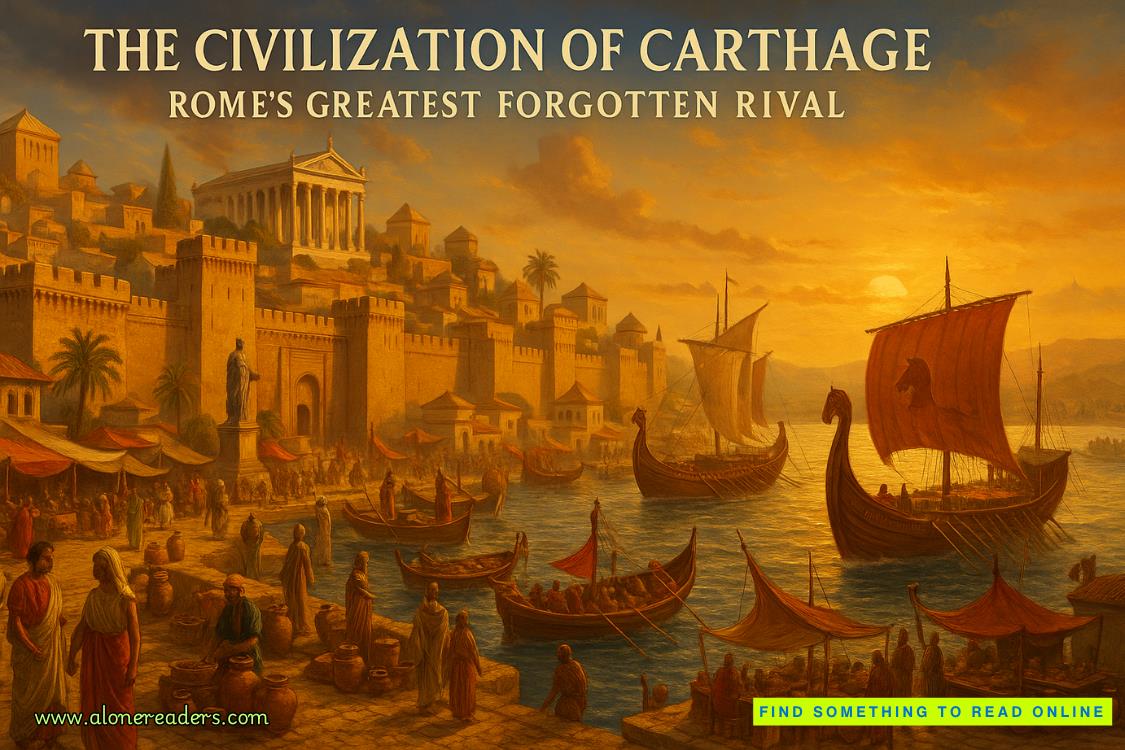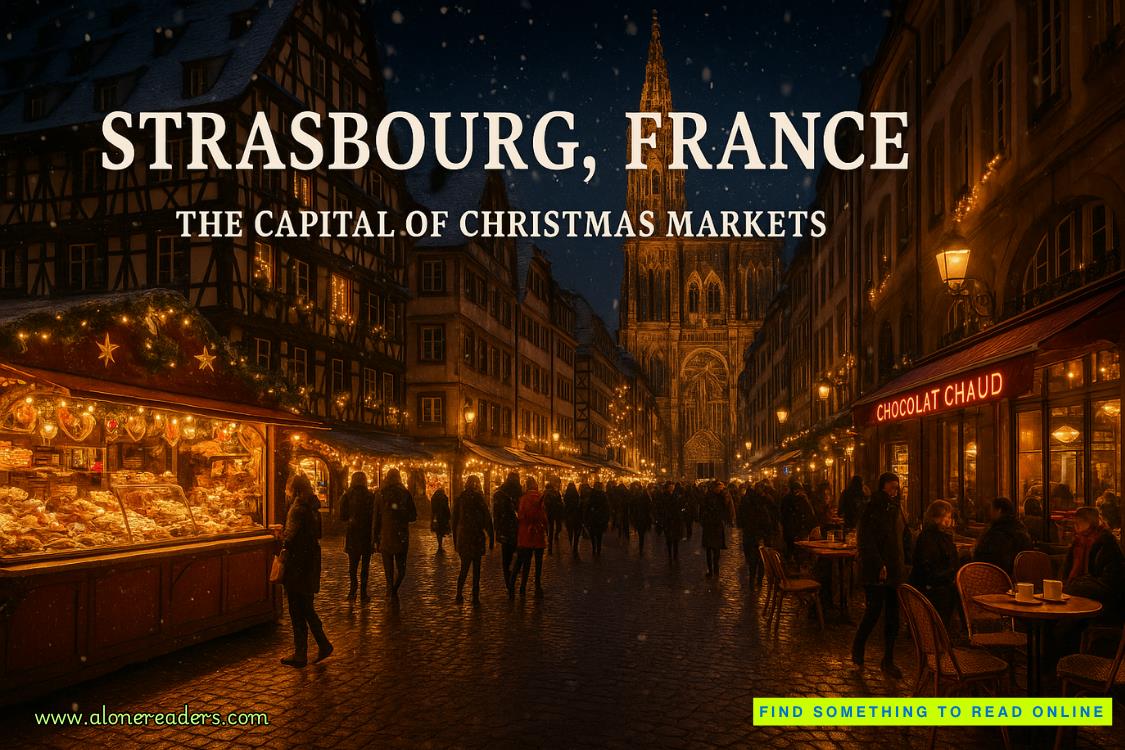Page 15 of A Death in Cornwall
“Good lad.”
Peel smiled. “I learned from the best.”
***
The parish of Gunwalloe lay ten miles to the west on the opposite side of the Lizard Peninsula. They drove there through the gathering dusk in Gabriel’s rental car.
“Do you remember the way?” asked Peel.
“Are you deliberately trying to annoy me, or do you come by it naturally?”
“A little of both.”
They sped along the fence line of the Culdrose naval air station, then followed the nameless road that stretched from the heart of the Lizard to Gunwalloe. Beyond the hedgerows lay a patchwork quilt of dormant farmland. Then the road twisted suddenly to the left and the hedgerows fell away to reveal the sea, aflame with the last light of the setting sun.
Gabriel slowed as he entered the village. Peel pointed out the Lamb and Flag pub. “Shall we stop for a pint and a few laughs with your old friends?”
“Some other time.”
“I’ve always loved that song,” said Peel. “Especially the Bill Evans version.”
“You have good taste in music.”
“I owe it to you.”
They rolled past the Corner Market, where Dottie Cox was ringing up the day’s last customer. Across a sloping field of purple thrift and red fescue was the fishing cove. A single cottage, faintly visible in the dying twilight, stood atop the cliff.
“Do you ever miss it?” asked Peel.
“Yes, of course. But Venice has its charms.”
“Better food.”
“I’ve always had a fondness for Cornish cuisine, myself.”
“Perhaps you can spend a summer here with Chiara and the children.”
“Only if you let me borrow that beautiful sailing vessel of yours.”
“Deal.”
Gabriel turned through a gap in a wind-bent hedgerow of blackthorn. Behind it stood stately Wexford Cottage, the finest cottage in Gunwalloe. The windows were darkened, the shades tightly drawn. Adhered to the heavy wooden door was a notice declaring the premises to be an active crime scene. Detective Sergeant Timothy Peel thrust a key into the lock and led Gabriel inside.
7
Wexford Cottage
They pulled on shoe covers and latex gloves in the entrance hall and went into the sitting room. The furnishings were contemporary and sophisticated, as were the paintings hanging on the walls. Piled on the low coffee table were monographs and volumes of art history and criticism, including an essential compendium of Pablo Picasso’s enormous body of work. Self-Portrait with a Palette, painted by the artist in 1906, graced the cover.
“Ever restored him?” inquired Peel.
“Picasso?” Gabriel looked up and frowned. “Once or twice, Timothy.”
“I read not long ago that he’s the most stolen artist in the world.”
“Did you really?” asked Gabriel dubiously.
“And the most forged as well,” Peel persevered.















